by Daniel Walber

By either bizarre coincidence or brilliant intuition, Greta Garbo and Rudolph Valentino began their careers in nearly the same way. Both achieved overnight success with adaptations of one Spanish novelist, a writer who has almost entirely faded from popular consciousness since then. At the time, though, he was more famous than either actor...
Vicente Blasco Ibáñez, who was born 150 years ago this Sunday, wrote the first literary sensation to emerge from the First World War. The Four Horsemen of the Apocalypse was translated into English in 1918 and immediately broke sales records. A film was an inevitability, a guaranteed hit that would make both Blasco Ibáñez and the studio a great deal of cash.

These days, however, The Four Horsemen of the Apocalypse is mostly remembered as the movie that introduced Valentino. He possessed just the right face for Julio Desnoyers, the Argentine-French hero who patriotically renounces his playboy lifestyle. It isn’t his honor that set the screen aflame, however, but a tango routine in the film’s first act.
That said, his somewhat wooden performance fades alongside the haunting supporting performances and truly creepy special effects. This is perhaps why Metro refused to pay Valentino like a star, even after the film opened. So he fled to Paramount, where his massive appeal was instantly understood. His first project there was The Sheik, but it was only a matter of months before he was given a second Blasco Ibáñez project.
Blood and Sand follows the rise and fall of a cocky young matador. It’s a sexual revelation, especially when compared to The Four Horsemen of the Apocalypse. The only subjects the camera loves as much as Valentino’s body, tightly wrapped in his traditional bullfighter’s garb, are the faces of his adoring female fans.
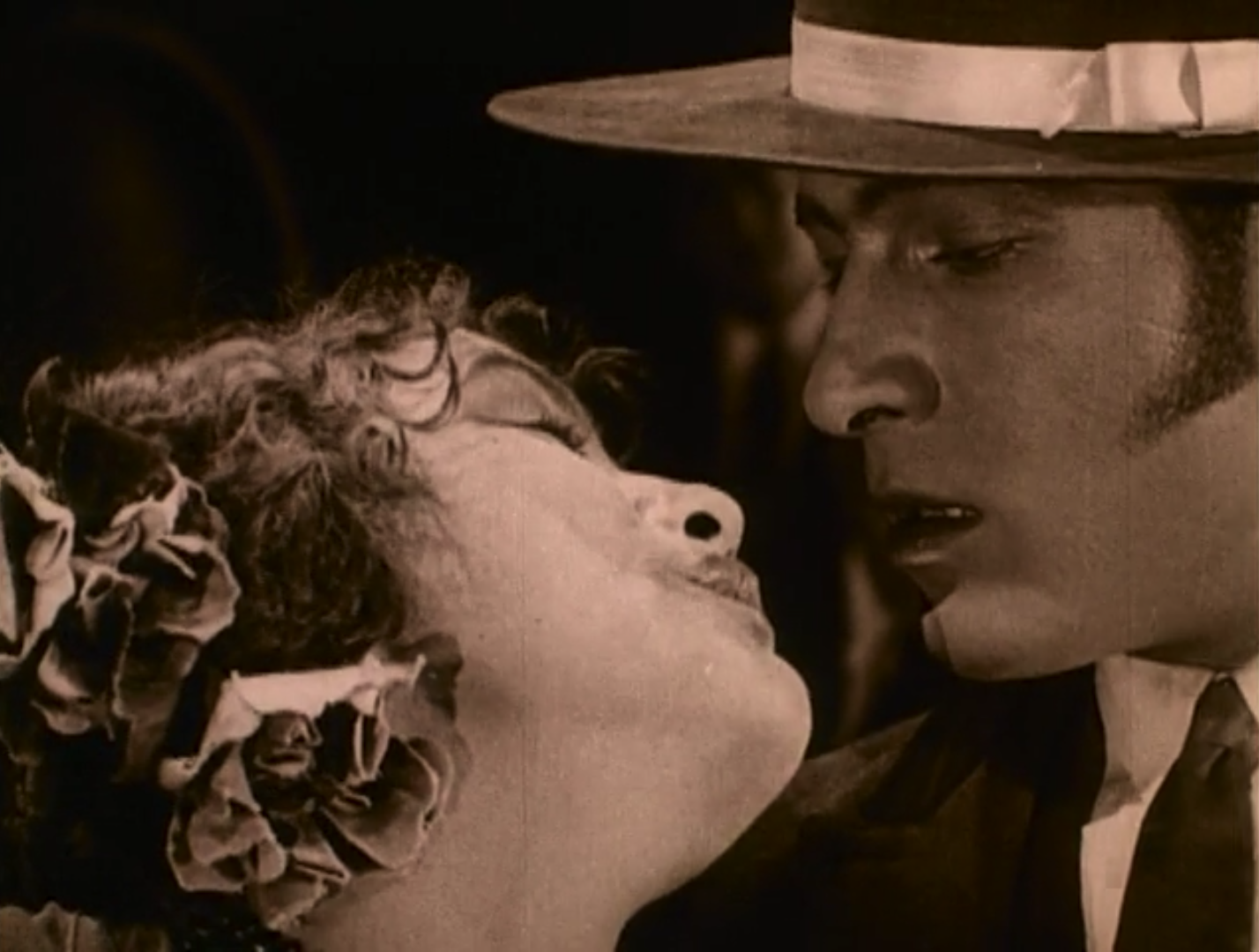
First among them is Doña Sol, who lures the easily tempted torero away from his honorable wife.
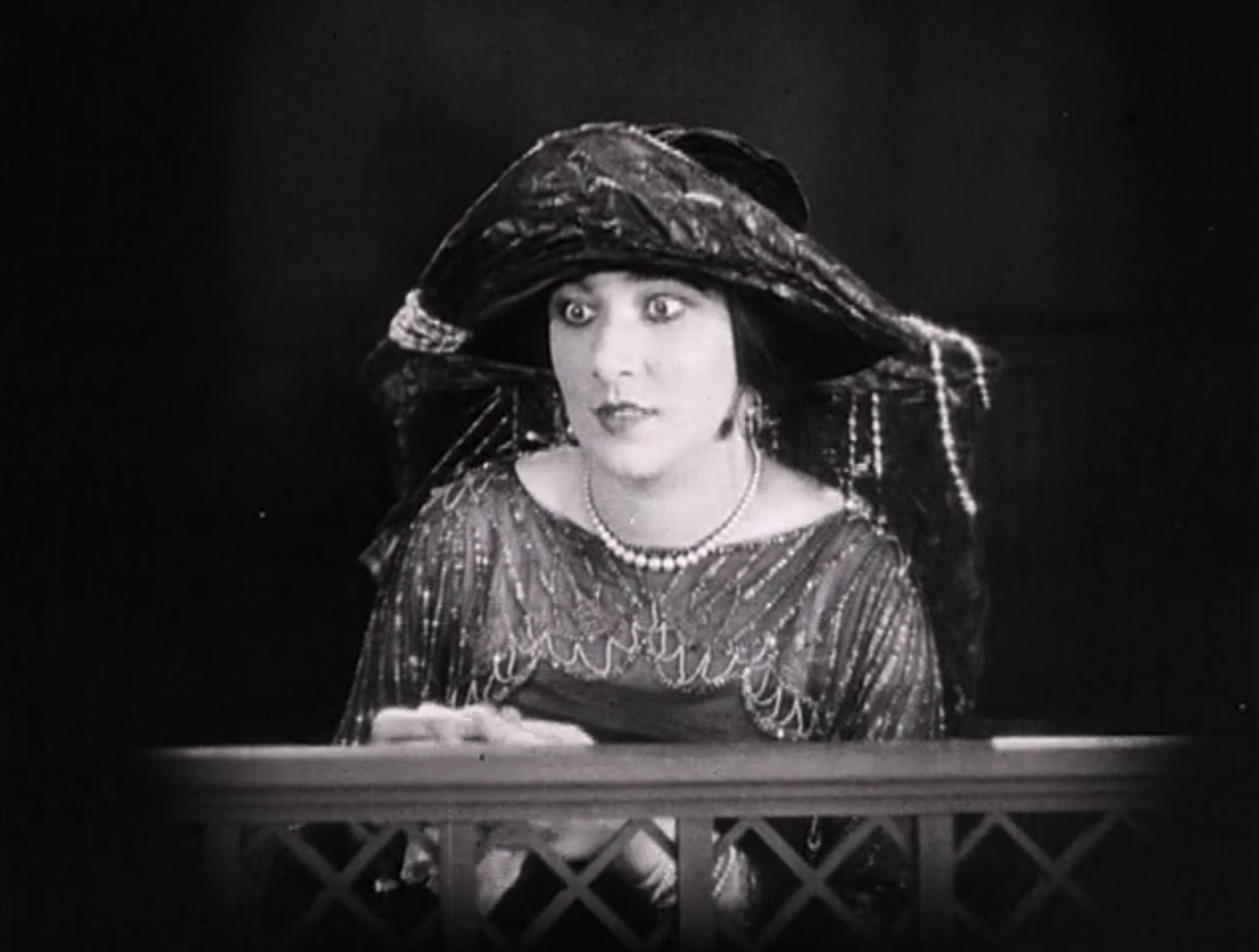
The unabashed sexuality of the ensuing affair ruins the torero but does wonders for Valentino as a star. It’s intoxicating, an invitation to worship the violence of his end. The sight of the bullfighter’s blood on the sand is much more erotic than his quiet retirement.
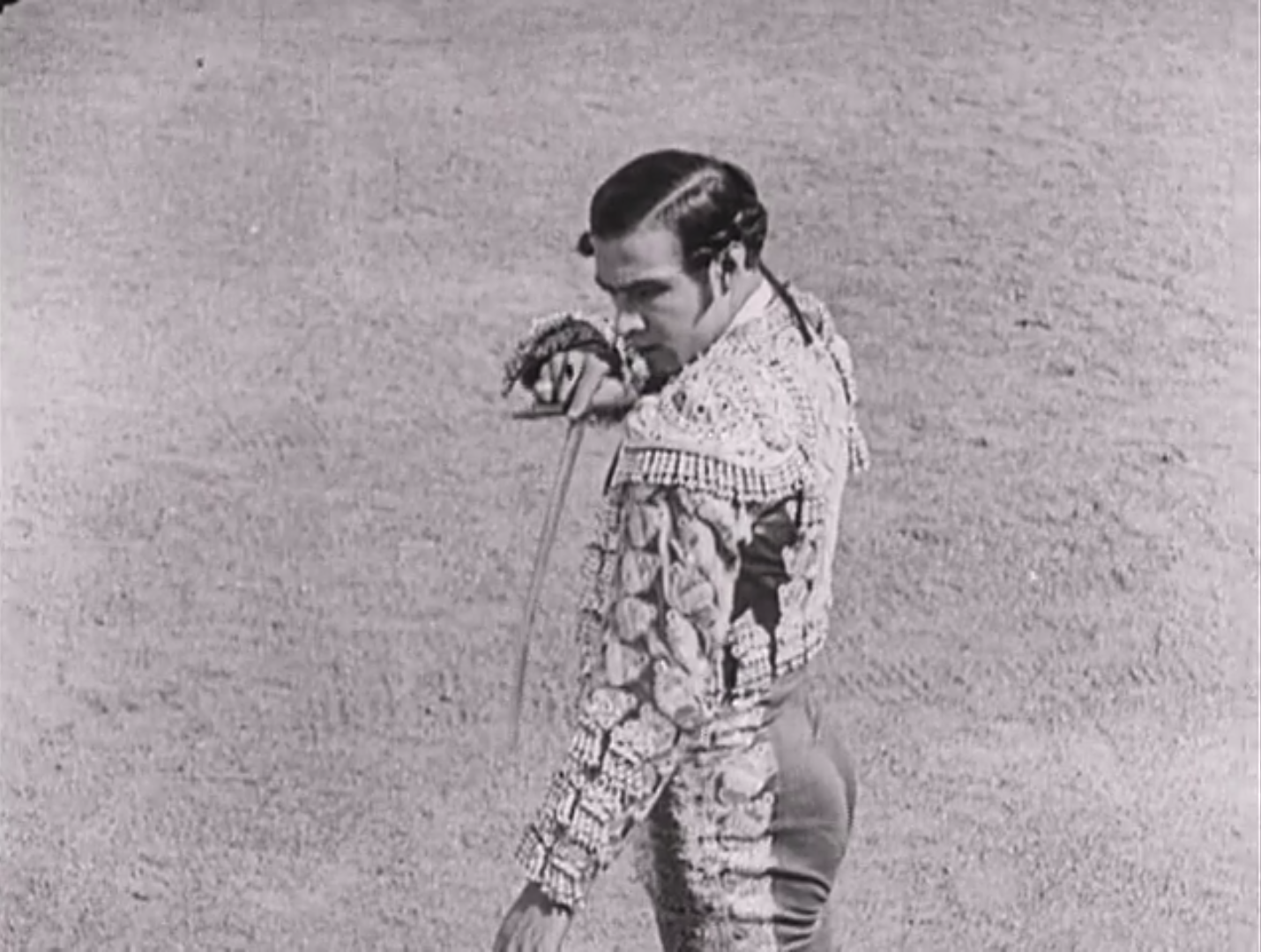
Blood and Sand was a hit, proof that Metro dropped the ball with Valentino. Three years later, when Louis B. Mayer brought Greta Garbo to the newly-merged Metro-Goldwyn-Mayer, he wasn’t about to make the same mistake. The Swedish ingenue was immediately given two Blasco Ibáñez projects. Torrent and The Temptress both opened in 1926.
The two films are almost laughably similar. In The Temptress, Garbo plays a Parisian socialite. In Torrent, she plays a poor Spanish peasant who quickly becomes an opera singer and a Parisian socialite. Both women use their sexuality to transfix and torment the men they love. The men, Ricardo Cortez in Torrent and Antonio Moreno in The Temptress, deny their own profound attraction in the name of conventional morality. This, of course, leads to psychogical unraveling and doom.
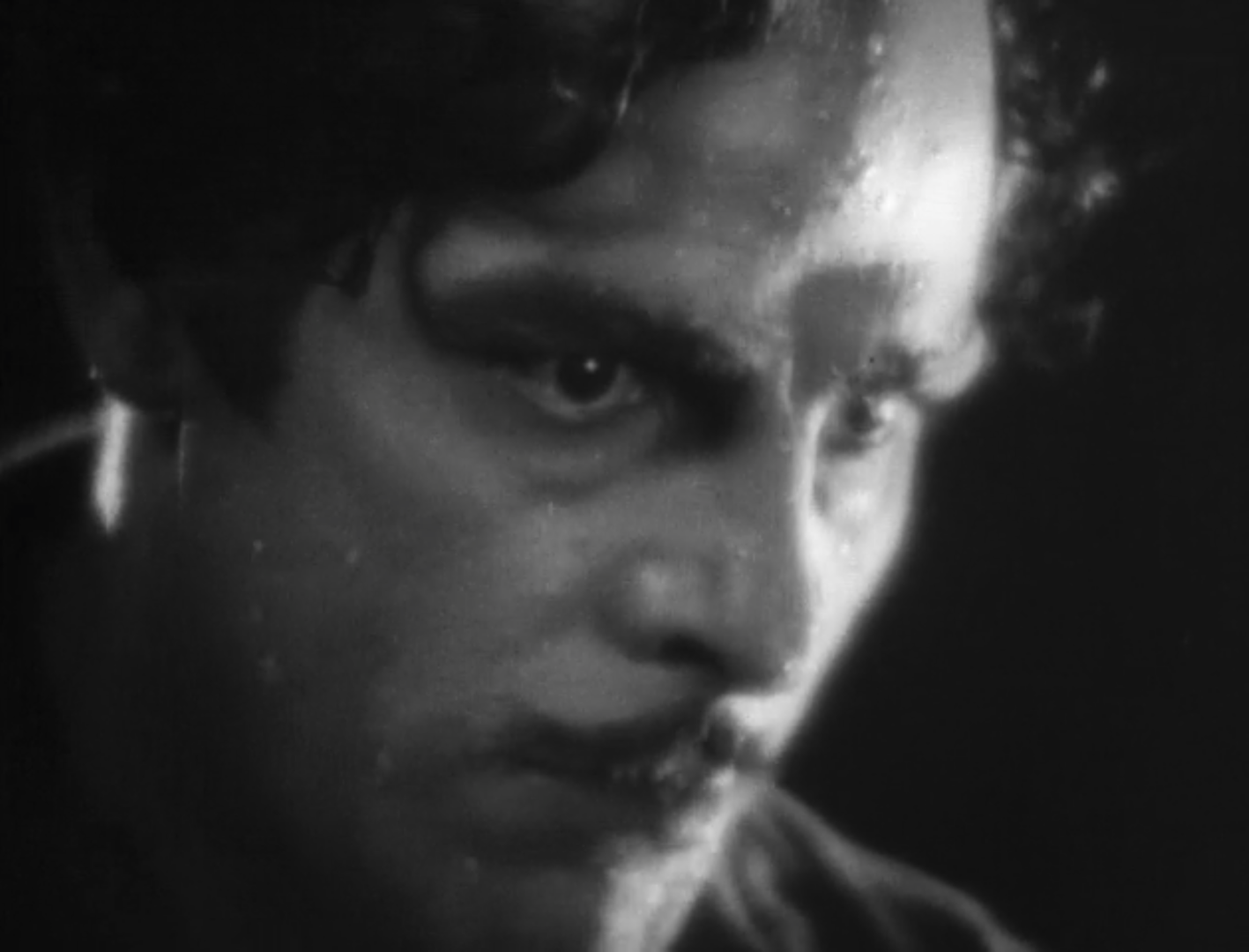
Oh, and one more thing. Both movies feature aggressively metaphorical floods. In each film the dashing hero valiantly struggles to contain the waters, but to no avail. The torrents burst violently through a pair of gigantic dams, a gushing natural disaster of pent-up desire.
That said, the two films are not quite identical. Torrent is certainly affecting, but The Temptress is the truly unrestrained erotic frenzy. Every look Garbo gives Moreno smoulders with seductive determination. Every look he returns is stricken by equally vivid terror.
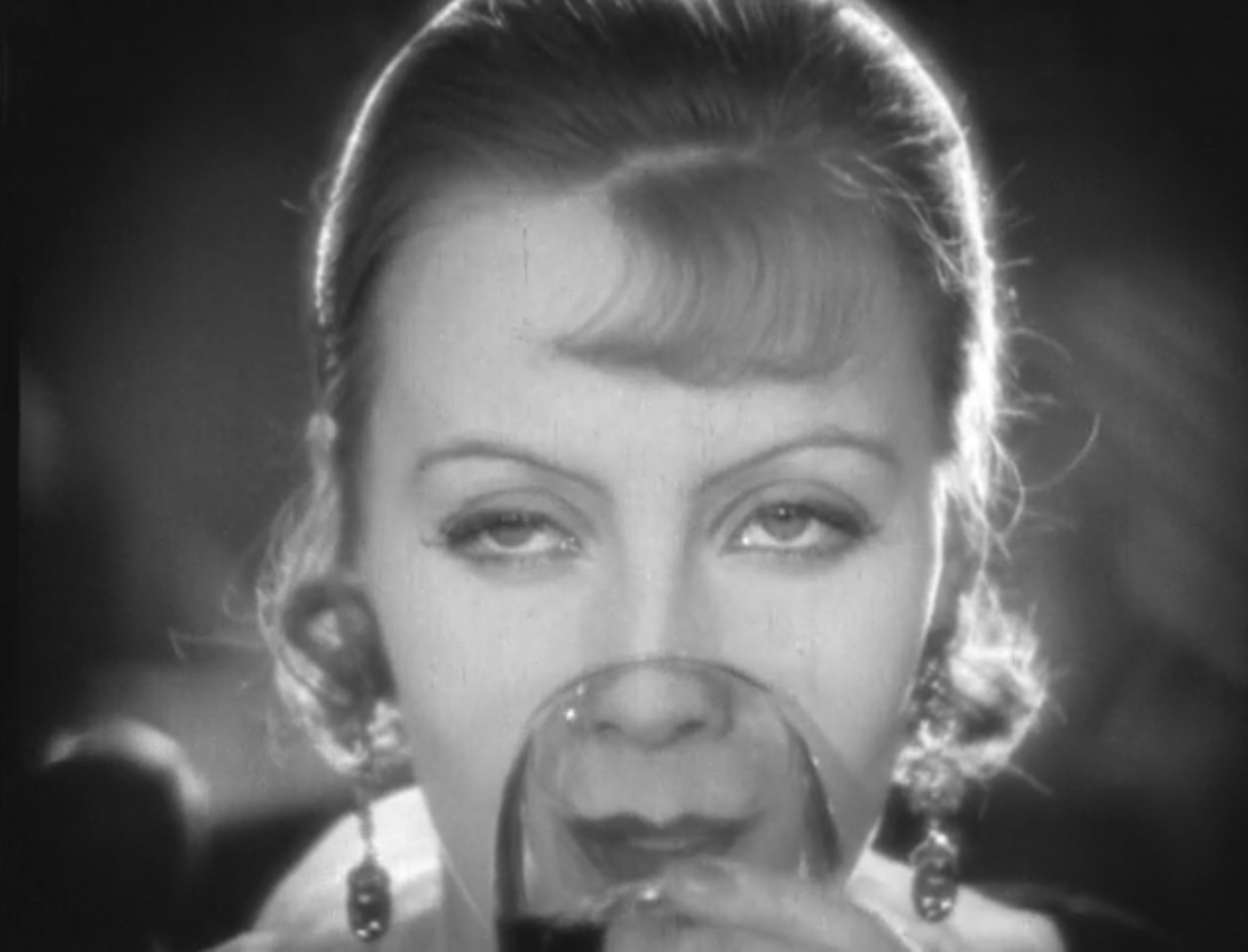
In one truly unforgettable scene, Moreno challenges a local bandit who has offended Garbo’s honor. A large circle is drawn in the dirt. The two men remove their shirts and whip each other with enormous bull whips. It’s a sweaty spectacle, overwhelming even the steely heroine. She watches from the sidelines, gripping her neck and teetering on what certainly looks like the edge of orgasm.
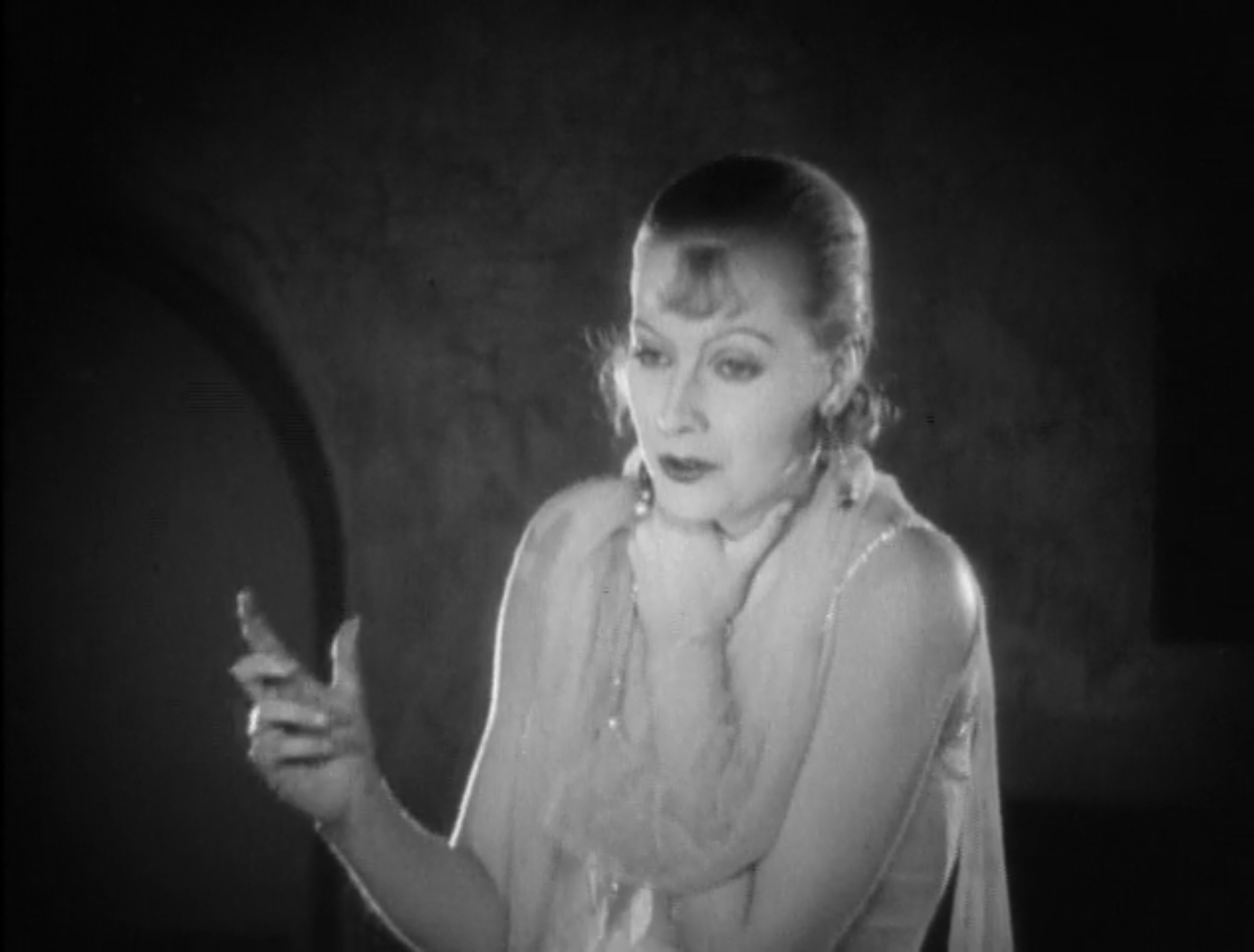
When Moreno wins, she treats his wounds. The experience may have nearly destroyed his body, but it has given her new life.
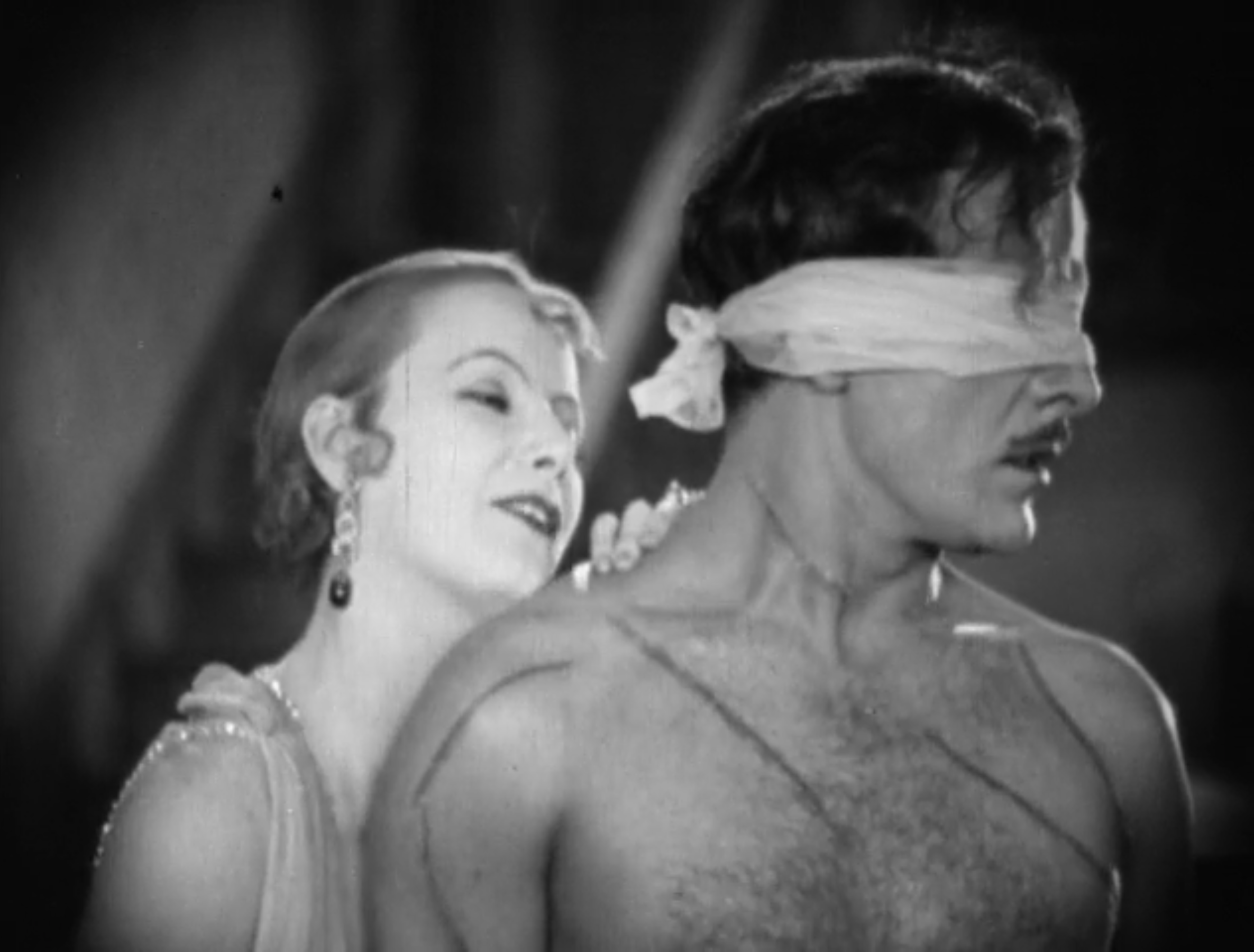
Neither Torrent or The Temptress had the box office success of The Four Horsemen of the Apocalypse or Blood and Sand, but Garbo became a star. The four films taken together, meanwhile, only account for half of the Blasco Ibáñez adaptations that Hollywood made in the 1920s. By the time of his death in 1928, he was a very wealthy man.
Not long after, however, American interest in his work dried up. There would be no further Hollywood adaptations, only two remakes. The 1941 Blood and Sand was a success, winning the Oscar for Best Cinematography. Vincente Minnelli’s 1962 Four Horsemen of the Apocalypse was an unmitigated disaster, running up a loss of nearly $6 million.
Garbo and Valentino, however, still linger. These four films continue to writhe and captivate nearly a century after their release. Two of them, The Temptress and Blood and Sand, are readily available to stream. Take some time this Sunday, the 150th anniversary of Blasco Ibáñez's birth, to draw the curtains and enjoy yourself.